Race is the single strongest predictor of whether US residents have access to safe, potable water, according to a recent report. Since most of us don’t have to deal with it on a firsthand basis, it isn’t really on our minds. However, having access to clean water is a basic human right. It’s important to educate ourselves as to the current hardships our neighbors are facing.
The Close the Water Gap report discovered that over 2 million Americans currently have no access to clean, running water. Black and Latinx households are twice as likely to lack indoor plumbing than white households. Native American households are 19x more likely to lack indoor plumbing than white households. This leads to higher mortality, poverty and unemployment rates in these vulnerable communities.
Instead of being able to focus on job hunting, getting out of debt, or your health, you have to spend all of your time hauling water, figuring out how you can afford to pay the costs of gas (to go get the water) and the cost of water itself. It’s a vicious cycle.
Let’s dig a little deeper.
When the US government made an initial investment in clean water systems in the 19th century, many low-income, black, and tribal communities were left out. These discriminatory practices were replicated in more recent years. Segregation lines in towns and cities allowed local government to easily provide only the white half of their town with clean water. Alternatively, water lines may have been added for the black community, but they were poor quality and installed haphazardly, leaving us with failing infrastructure in poor and minority communities today.
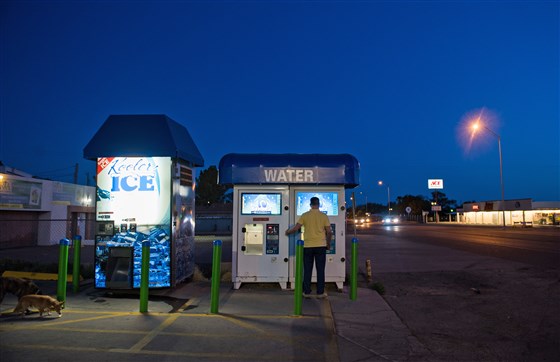
In Cochran, Texas, town residents haul water back to their homes by car or on foot. They also buy trucked water for $250 a month. These families use an average of 50-100 gallons of water in their household a month (sometimes up to 8 people in a household), while the average American with clean water access uses 88 gallons of water per day. Re-read that last sentence. Mind blowing, right?!
The Close the Water Gap report states: “On the Navajo Nation in the Southwest, families drive for hours to haul barrels of water to meet their basic needs. In West Virginia, they drink from polluted streams. In Alabama, parents warn their children not to play outside because their yards are flooded with sewage. Families living in Texas border towns worry because there is no running water to fight fires.”
The water crisis isn’t some distant problem we’ll have to figure out in the far future. It’s here, it’s affecting our neighbors and communities, and we need to work together to help solve this issue.
Protecting our water is more important than ever, and we each need to do our part to protect this sacred source of life.
We’ve seen time and time again the struggles that have popped up around the world in the fight for water. Oil pipelines built by money-hungry corporations disrupt and pollute the water supply in local communities. Companies take water from indigenous communities, bottle it up and sell back to them (or to people who can afford it). Our air, water, and earth are all for sale. After being sold to the highest bidder, they are defaced, polluted and poisoned. That’s business.
The Dakota Pipeline was originally set to run near Bismarck, North Dakota, where the community is 96% white and very few people live in poverty. But then, the Dakota Pipeline was purposely rerouted to run through Standing Rock (40% of their population is below the poverty line) because it was assumed they’d would get the least amount of push-back.
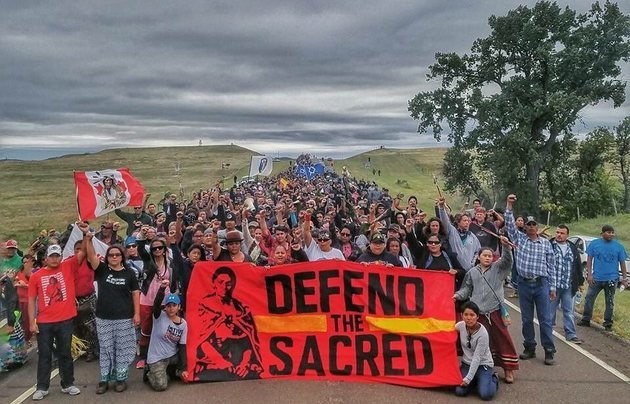
This pipeline runs a half-mile upstream of Lake Oahe, the reservoir used by the tribe for drinking water, irrigation for crops and fishing. An oil leak from this pipeline would be the end of clean water for Standing Rock, ending their ability to grow crops, to have livestock, to fish for their community, and even to have fresh drinking water.
- On a lighter note, here’s some recent good news for you: Judge Orders Shutdown of Controversial Dakota Pipeline
The climate crisis, environmental racism, and the federal government
Meanwhile, our government has loosened important pollution laws. Last year, the Trump administration rolled back clean water protections across the nation. This means polluters have less restrictions on what chemicals they can dump into our waterways. In March 2020, the Trump administration announced it would allow companies to break pollution laws and monitor their own pollution during the coronavirus pandemic. This essentially gives factories a free pass to pollute however they see fit, with no consequences.
Due to environmental racism, these rollbacks will affect poor and minority neighborhoods the most. If you’re a minority and poor, you’re more likely to live near a toxic waste site. Due to environmental racism, black Americans are 3x more likely to die from air pollution. The biggest polluters are largely placed in poor, non-white neighborhoods. Trump’s rollbacks will have the greatest impact on these same communities.
I have a few suggestions for how you can help:
- Educate yourself! Here are the three main resources that I learned a lot from:
- Go vote! Not just presidential elections either, but your local elections. Do your research about the candidates, figure out who will make changes to help our environment, and cast your vote for climate and social justice. They’re one and the same, after all.
- Be an activist. Whether that means going to protests in person, using your voice to speak up about environmental/social injustices online, or using your platform to educate others.
- Get involved in your community. Know what’s going on at your town-hall. Become active in local politics.
- Research your local watershed and water supply–what can you do to protect it?
- Conserve water in your daily life (new blog coming out shortly on how to do so!). If you have clean water access, don’t waste it! Water is one heck of a precious resource.
The time is now!
Now is the time to educate ourselves, become more active in our communities, and push for change. There is so much coming to light right now, and so many things that need to be addressed. I’ll have more on the water crisis being released over the next few weeks, and I’m looking forward to sharing more of what I’ve learned with you!
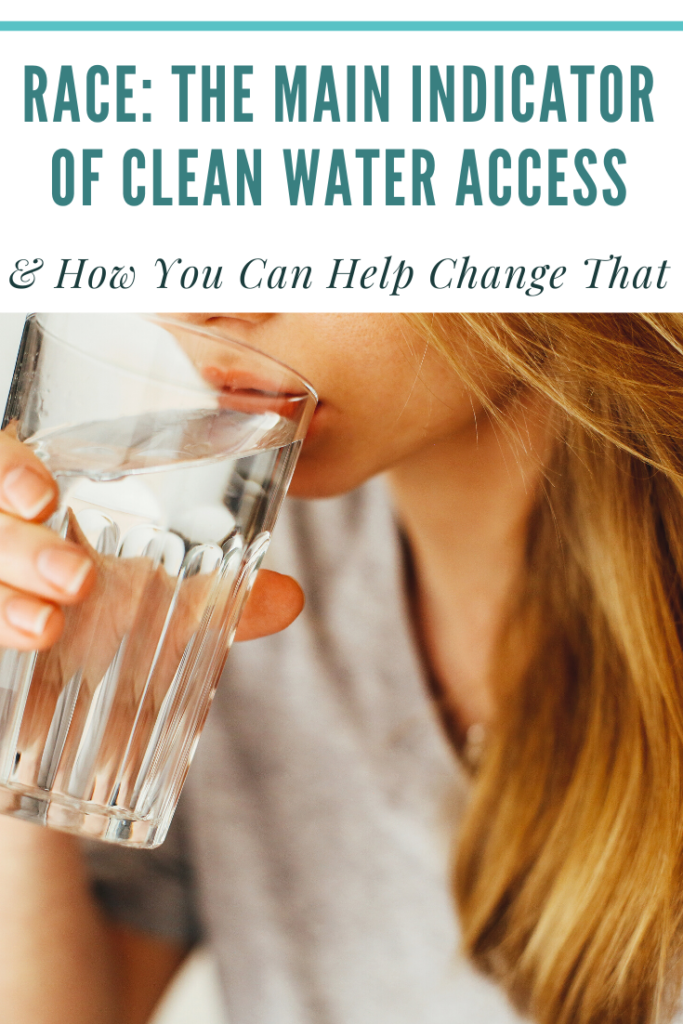
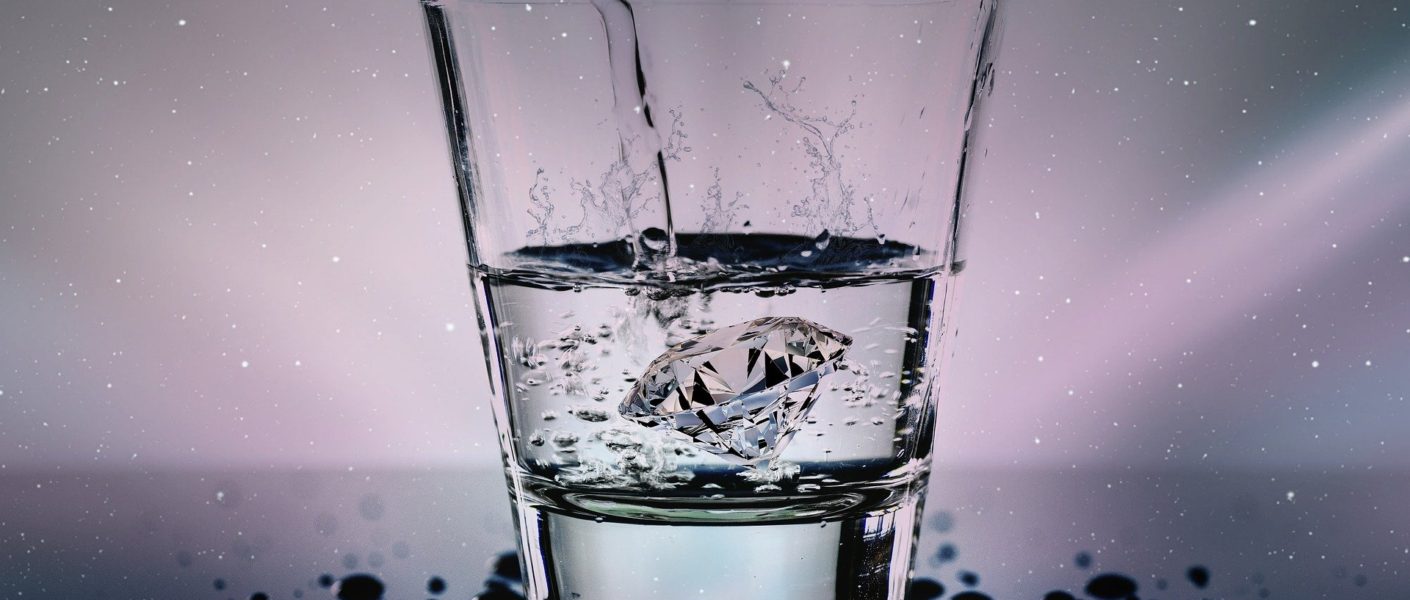
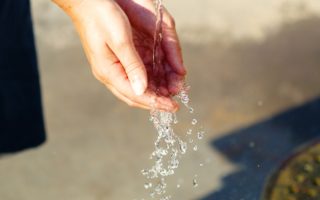
Wow, Jennifer, this is a great write-up. I especially love how you clearly reference your sources. I feel like so much misinformation is believed without a single reference! And now Google’s algorithm is starting to prefer sites that use official sources, so I’m beyond excited for you to be creating content that will be an important part of the positive change in this world. I discovered you on Tailwind groups and I’m so glad I did 🙂 Can’t wait to read more of your stuff and share it… it’s SO important.
Hi Marquis! Thank you so much for taking the time to read this post and comment on it too 🙂 And yes, I definitely had to include the sources, not just for reference, but so people can go forth and hopefully do more research on the topic too. I’m glad you found me via Tailwind!! I’ll keep my eye open for you on there!!